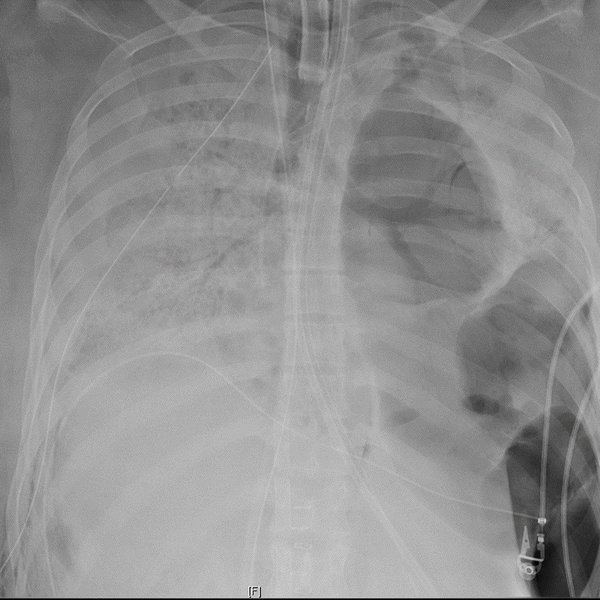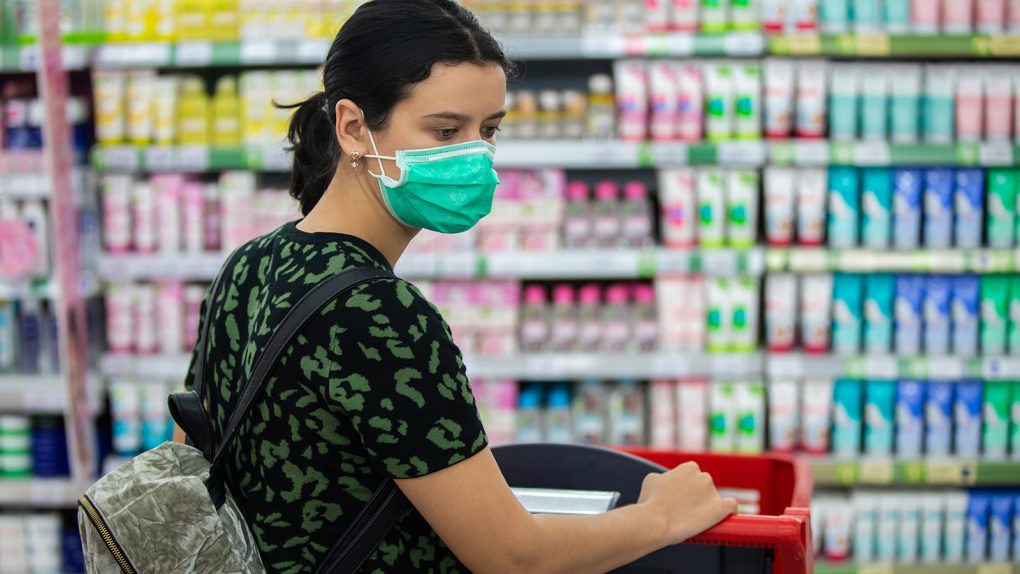- Even if the coronavirus treatment is ultimately effective at neutralizing the pathogen, the lungs of severe COVID-19 survivors could be severely damaged.
- A young woman needed a double lung transplant after fighting COVID-19 for two months in the ICU.
- A team at Northwestern Memorial Hospital in Chicago performed a double lung transplant on the patient, the first in America for a COVID-19 survivor.
We’ve been dealing with the novel coronavirus for nearly six months, and there are people who still question the danger of the disease and minimize the virus’s effects on the body. Then there are those who have experienced COVID-19, including survivors who have had to deal with a more severe case of the disease.
One woman in her 20s survived COVID-19 after weeks of battling the condition with machines that helped her breathe. But she lost the function of both her lungs in the process, as they were so damaged by the fight with the virus that they would have killed her. The only way to save her life was to perform a double lung transplant, and that’s exactly what doctors at Northwestern Memorial Hospital in Chicago did.
The first such procedure on a COVID-19 patient was successful, but the patient is not out of the woods yet. She still has a long road to recovery ahead, and the next hurdle for her body is to accept the new lungs.
The unidentified patient spent two months in the ICU on a ventilator and an ECMO machine. The latter’s purpose is to clear the CO2 from the blood and replace it with oxygen, a gas exchange that happens in the lungs. She cleared the virus from her body, but she remained in severe condition, NPR reports. By early June, her lungs showed an irreversible change, and her kidneys and liver were showing signs of failure.
“As a result of the COVID, she had formed these cavities inside the lung, and those cavities had become infected, and that bacteria was driving sepsis,” Northwestern’s chief of thoracic surgery Dr. Ankit Bharat told NPR. The images that follow show the patient’s chest X-ray, which reveals the existence of those abnormal cavities (the darker regions), as well as one of the patient’s damaged lungs:

“She was so sick. In fact, I can say without hesitation, the sickest patient I’ve transplanted,” Bharat said, adding that he’s confident she will recover and regain her strength. However, she is still on the ECMO machine, and she started developing antibodies against the transplant, so she’s now taking medication to help her body accept the transplant.
Overall, her condition is stable, with her other organs having wholly recovered after the transplant. She is still weak, however, and can’t stand or take deep breaths on her own.
A lung transplant may be a solution for COVID-19 survivors. A few weeks ago, we heard of a similar case in Vietnam, a country that was waiting for a donor for a patient whose lungs were so damaged by the illness that he needed new ones to survive. However, not all COVID-19 patients who experience complications will qualify for transplants. As the report explains, patients who are at risk of developing a severe case of the disease are either older and/or have preexisting conditions. As a result, they wouldn’t qualify for a transplant either.

Then there’s the matter of available supply, as there might not be enough lungs to meet the increased demand. Even the lungs the patient received did not meet the standards, and the Northwestern team spent two and a half days working to repair them to render them “of exceptional quality for transplant,” according to the doctor.
The good news is that physicians might keep more patients hooked up to machines if they qualify for a life-saving transplant. The Northwestern team has already been contacted by centers in California, New York, and Texas for other patients.








